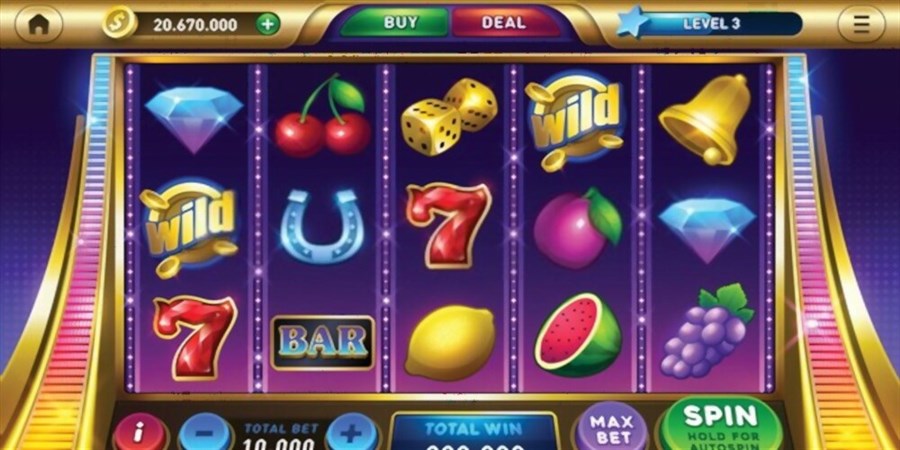The history of slots is a fascinating tale that spans over a century, from the humble beginnings of the first one-armed bandit in 19th century San Francisco to the digital dominion of online gambling we witness today. The journey involves a series of technological advancements and cultural shifts that have shaped the way we perceive and engage with slot machines. Let’s delve into this captivating evolution, exploring key milestones that have defined the trajectory of these iconic gaming devices.
Pioneering Nations: Setting the Stage
Several countries played pivotal roles in shaping the development and history of slot machines. The United States, often at the forefront of technological innovation, pioneered both mechanical and electromechanical slots. Las Vegas, with its iconic casinos, became synonymous with classic mechanical slots, essentially becoming the mecca of gambling in the 20th century. In the United Kingdom, the mid-20th century saw the rise of mechanical and electromechanical slot machines in seaside resorts, amusement arcades, and pubs. The term “fruit machines” became deeply ingrained in British culture, reflecting the prevalence of symbols like cherries and melons on these devices.
Pokies
Australia embraced the phenomenon of “pokies,” mechanical and electromechanical one-armed bandits that found their home in pubs, clubs, and casinos. The term “offline and pokies” came to encompass all forms of slots, including digital ones. In Japan, a unique blend of pinball and slot machine elements manifested in “pachinko” mechanical slots, captivating Japanese audiences for decades. Meanwhile, Germany witnessed the popularity of mechanical and electromechanical slots, particularly those manufactured by the Gauselmann Group and Novomatic, which found their place in the country’s casinos and gambling halls.
The Technological Revolution: From Mechanical to Digital
The true turning point in the history of slots arrived with the introduction of the first video slot machine in the 1970s. This innovation marked a significant departure from the mechanical predecessors, visually displaying spinning reels and symbols, introducing animations to gameplay, and elevating the overall player experience. The approval of video slots by the Nevada State Gaming Commission confirmed their legality in casinos, leading to their rapid adoption. In 1978, International Game Technology (IGT) secured the rights to produce and market these machines, enhancing visual effects and introducing technology-enhanced gameplay.

A New Era: Online Gambling and Beyond
The 1990s witnessed a paradigm shift with the emergence of online casinos, propelling the evolution of slot machines to new heights. The advent of Microgaming in 1994 facilitated gaming accessibility from the comfort of one’s home. Notably, Microgaming’s “Cash Splash” marked the birth of online progressive jackpot slots, adding cutting-edge elements to the gaming experience and catalyzing the expansion of online gaming. This period saw the convergence of accessibility and secure payment options, laying the foundation for the diverse themes and variations that define modern online slots.
Looking Ahead: Innovation Continues
As we move forward, the evolution of slot machines shows no signs of slowing down. The integration of virtual reality (VR) technology holds the promise of an even more immersive and interactive gaming experience. VR slots could transport players to virtual casino environments, bridging the gap between reality and the digital realm.
The History of Slot Machines
In conclusion, the history of slots is a testament to human ingenuity and our enduring fascination with games of chance. From the clunky mechanisms of the past to the sleek interfaces of today’s online slots, this journey is a testament to the symbiotic relationship between technology, culture, and entertainment. As new innovations emerge, players can anticipate even more exciting developments in the dynamic world of slot machines.
